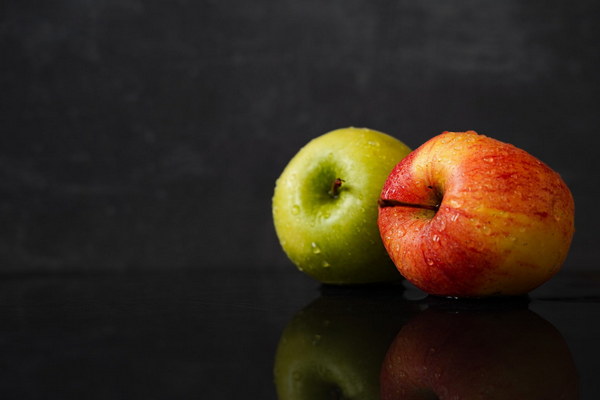The Impact of Blood and Qi Supplementation on Stool Color A Comprehensive Guide
Introduction:
Blood and Qi are two vital components of Traditional Chinese Medicine (TCM) that play a crucial role in maintaining our overall health and well-being. The concept of blood and Qi is based on the belief that they are responsible for the circulation of nutrients, oxygen, and energy throughout the body. In TCM, the balance of blood and Qi is essential for good health, and any imbalance can lead to various health issues. One of the signs that may indicate an imbalance in blood and Qi is changes in stool color. This article will explore the relationship between blood and Qi supplementation and changes in stool color.
Understanding Blood and Qi:
In TCM, blood is considered the substance that nourishes and supports the body's tissues and organs. It is responsible for carrying oxygen, nutrients, and hormones, and also plays a role in the immune system. Qi, on the other hand, is the life force that animates the body and is essential for maintaining health and vitality. Qi flows through the body in channels called meridians, and its balance is crucial for optimal health.
When blood and Qi are balanced, the body functions properly, and any signs of imbalance, such as changes in stool color, may indicate a need for supplementation or lifestyle adjustments.
Changes in Stool Color:

One of the most common signs of an imbalance in blood and Qi is a change in stool color. Normal stool color is usually brown, but it can vary depending on diet, medication, and other factors. However, certain changes in stool color may be indicative of an imbalance in blood and Qi:
1. Black or tarry stools: This color change may indicate bleeding in the upper gastrointestinal tract, which can be due to issues like ulcers, tumors, or gastrointestinal bleeding. In TCM, black stools may be a sign of blood deficiency or internal bleeding.
2. Pale or clay-colored stools: This can be a sign of liver or gallbladder problems, such as jaundice. In TCM, pale stools may be indicative of Qi deficiency or liver dysfunction.
3. Bright red or dark red stools: These colors can indicate bleeding in the lower gastrointestinal tract, such as hemorrhoids or diverticulosis. In TCM, red stools may be a sign of blood heat or blood stagnation.
4. Green or gray stools: These colors may indicate poor bile flow or digestion issues. In TCM, green stools may be a sign of cold or dampness in the spleen and stomach, while gray stools may suggest spleen Qi deficiency.
Supplementing Blood and Qi:
In TCM, there are various methods to supplement blood and Qi, including herbal remedies, dietary adjustments, and lifestyle changes. Some common TCM herbs used for blood and Qi supplementation include:
1. Angelica sinensis (Dang gui): Known for its blood-nourishing properties, this herb is often used to treat blood deficiency-related symptoms, such as fatigue, weakness, and pale complexion.
2. Codonopsis pilosula (Dang shen): This herb is used to boost Qi and improve overall vitality, especially in cases of chronic fatigue and weakness.
3. Astragalus membranaceus (Huang qi): Known for its Qi-tonifying properties, this herb is used to treat Qi deficiency-related symptoms, such as weakness, shortness of breath, and cold hands and feet.
4. Rehmannia glutinosa (Shu di): This herb is used to nourish the blood and treat blood deficiency-related symptoms, such as anemia, fatigue, and dizziness.
It is essential to consult with a qualified TCM practitioner before starting any herbal supplementation to ensure that the treatment is appropriate for your specific condition.
Conclusion:
The relationship between blood and Qi supplementation and stool color is a complex one. While changes in stool color can be a sign of an imbalance in blood and Qi, it is important to consider other factors, such as diet and medication, before making any assumptions. Consulting with a TCM practitioner can help identify the root cause of your symptoms and develop an appropriate treatment plan to restore balance and improve your overall health.









